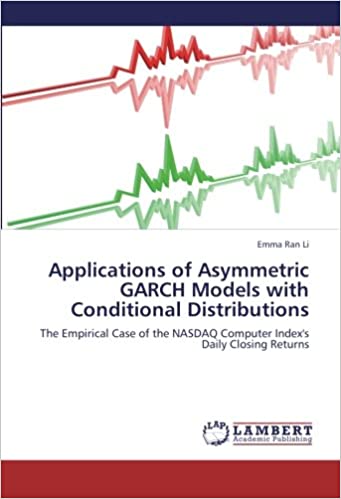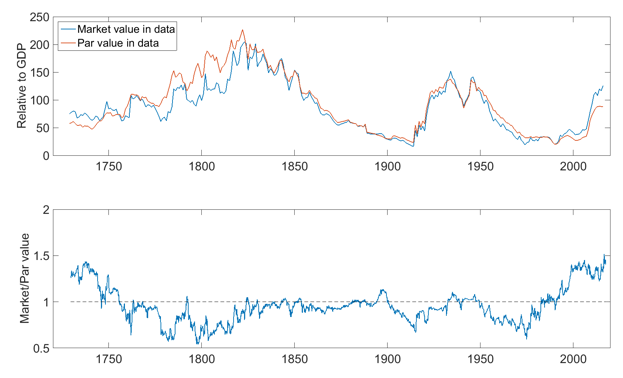Contents:

Accrued payroll is another term for accrued wages and salaries, which are labor costs that companies incur over time. Because companies pay employees wages and salaries periodically, daily journal entry of payroll expense is not necessary and companies need only to accrue payroll at the end of each accounting period. Accrued payroll may be paid immediately at the period end or later, on the next payday. Companies use different journal entries to record accrued payroll, payroll payable and payroll cash payments. Accrued payroll is entered as a debit entry to record the employee payroll expense, representing the amount of total earnings employees have accumulated for the work they do as of the end of an accounting period.

Unless your company lets employees roll PTO days into the new year, you need to reverse the accrual at the end of the year with an adjusting entry. Businesses with a use-it-or-lose-it policy start every January with a clean slate because they’re no longer responsible for paying out PTO. Businesses that offer employees defined vacation and sick time need to track how much they’d walk away with if they left the company.
2.7 Assigning an Accrual DBA to an Employee
There is no impact to the income statement when the payroll accrual is reversed. Payroll accrual can take into account many different sources of expenses for businesses. This might be employee salaries, health care benefits, payroll taxes, or Social Security. To keep tabs on accrued payroll and gain insight into your business’s finances, keep in mind these sources of payroll accrual.
Is wage expense classified as an asset, a liability, or owner’s equity? Variance Analysis Variance analysis is a method for companies to compare its actual performance vs its budgeted amount for that cost measurement . The differences between the standard amount of cost and the actual amount that the organization incurs is referred to as a variance.
- When the accounting department of the company closes their books at the end of December, the accrued wage balance increases from the unmet employee wages resulting from the temporary mismatch in timing.
- DLSE has repeatedly found vacation policies which provide that all vacation must be taken in the year it is earned are unfair and will not be enforced by the Division.
- Accrued liabilities are adjusted and recognized on the balance sheet at the end of each accounting period.
- Hence, the firm maintains an accrued payroll tax account for recording such accrued tax liability.
- Use the Generate Accumulated Wages TImecards program to generate timecards for payment information when an individual terminates employment or for any other reason when the employee needs to be paid off for accumulated wages.
Consequently, you may either try to collect the judgment yourself or you can assign it to DLSE. Bank being an asset is credited by $3,528 as cash goes out of the business and an asset is credited, when it decreases. Wages expense being an expense, when it increases, it is debited by $3,528 as expenses are debited. So that expenses are not double counted when paid in the next fiscal year.
Accrued Wages
It’s essential to account for payroll taxes in order to remain in compliance with the IRS. It’s also important to mark PTO under accrued payroll in case an employee decides to leave the company. In that case, you will likely owe the employee the value of their PTO in cash as part of their final paycheck. Payroll expenses that have accrued over a pay period, even if the checks haven’t gone out yet. That way, no matter when in the month it is, you know where your payroll situation stands, and you won’t be blindsided by unexpected expenses later.
On-Demand Pay: 60 Percent of U.S. Workers Want Daily Access to … – CPAPracticeAdvisor.com
On-Demand Pay: 60 Percent of U.S. Workers Want Daily Access to ….
Posted: Mon, 25 Jul 2022 07:00:00 GMT [source]
These taxes represent a liability on the company’s balance sheet until paid. In order to record accrued salaries, you debit the salaries expense and credit the salaries payable account . The salaries expense account is an income statement account that reduces the company’s net income for the period, whereas salaries payable is a balance-sheet short-term liability account. However, when you make the payroll deposit, the adjusting entry for accrued salaries is to debit the salaries payable account and credit the Cash account by the amount of the payroll deposit. Here’s a hypothetical example to demonstrate how accrued expenses and accounts payable work. Let’s say a company that pays salaries to its employees on the first day of the following month for the services received in the prior month.
How do you record adjusting payroll entries?
When the company converts the accrued wages into the company’s payroll account, a reversal entry will be made in books. Tina was told that she had earned a 1,000 USD bonus in the last year. On 31st December, 1,000 USD was recorded as a part of accrued wages and salaries. Here you read what accrued payroll is, how it is calculated and why every business should keep an eye on its payroll accrual. Just set the software to automatically reverse accrued payroll entries when the next pay period comes, and you’re good to go.

Accordingly, the information provided should not be relied upon as a substitute for independent research. Intuit Inc. does not warrant that the material contained herein will continue to be accurate nor that it is completely free of errors when published. Accounting for payroll accrual on your balance sheet can be tricky—but there are tools that can help.
How Julian Passed His CPA Exams by Being Highly Disciplined
Employees might accumulate wages earned in the current pay period and elect to have the wages held to be paid at a later date. The accumulated wages process provides for this scenario and correctly accrues and expenses the wages. Accumulated wages integrates with the Contract Calendar functionality. Only employees with contract calendars attached to their master record can accumulate wages. Accrued wages are typically recorded at the end of an accounting period when preparing financial statements, as part of the accrual basis of accounting. This method records financial transactions when they are incurred, rather than when cash is exchanged.
Only businesses that follow the accrual method of accounting need to accrue payroll on their books. Under the cash method of accounting, you record transactions when cash enters or leaves your business. The more precise accrual accounting method has you record transactions when you earn revenue and incur expenses, not necessarily when cash flows. Say your business announces annual bonuses in December 2020 but pays them with the first payroll in January 2021.
If you forget to reverse accrued payroll entries, they’ll be counted again in the next pay period. This can cause payroll errors, which could feed into your income statements, balance sheets, and reported cash flow. The above journal entry reduces the payroll expense as the unpaid compensation is shifted to the accrued payroll account. Also, the current liability, i.e., the payroll accrual, increases parallelly.
Would accrued wages earned by employees be included on the company’s income statement, statement…
After you process the first payroll after the end of the contract, in the Contract Calendar window, the salary paid is equal to the salary paid for the duration of the contract. The system does not include accumulated wages in the Salary Paid field. You enter interim checks when you need to prepare paychecks outside the normal payroll cycle or to record manual calculations. If you want to enter interim checks for accumulated wages, you must first generate the timecards for accumulated wages.
bench accounting salaries is the amount of liability that remains at the end of an accounting period for salaries that have been earned by employees but not yet paid to them. This accounts for unpaid compensation that has not yet been paid to employees for the services that they have already provided to the company. Hence, accrued salaries are categorized as a liability under the accrued expenses line item on the balance sheet.
It is important to understand what types of compensation are typically included in accrued payroll and compensation. This would include salaries and wages, bonuses , payroll taxes, benefits, and vacation (paid-time off / PTO). Now let’s assume that the business wants to create a balance sheet one day before the end of the pay period and therefore needs to calculate what amounts they have currently accrued in payroll. The payroll accrual would then be the sum of the hourly wages, commissions, bonuses and other compensation elements, plus the payroll taxes the business needs to pay. An accrual, or accrued expense, is a means of recording an expense that was incurred in one accounting period but not paid until a future accounting period. Accruals differ from Accounts Payable transactions in that an invoice is usually not yet received and entered into the system before the year end.
An https://1investing.in/ liability represents an expense a business has incurred during a specific period but has yet to be billed for. Accrued liabilities are only reported under accrual accounting to represent the performance of a company regardless of their cash position. Let’s run through the journal entries related to compensation and accrued payroll.
Others will choose to adjust the wages expense to reconcile to the wages paid with a journal entry. To generate timecards for accumulated wages during the regular payroll processing, you do not need to run this program. Instead, you should set the system to create timecards for accumulated wages during the final update in payroll processing. The system expenses the wages at the time the employee earns them. The system passes the amount of the DBA for accumulated wages to the general ledger as a burden expense. To relieve the accumulated wages and pay the employee, you can generate timecards from Final Update or use Generate Timecard Journals on the Interim Checks and Special Post menu .
